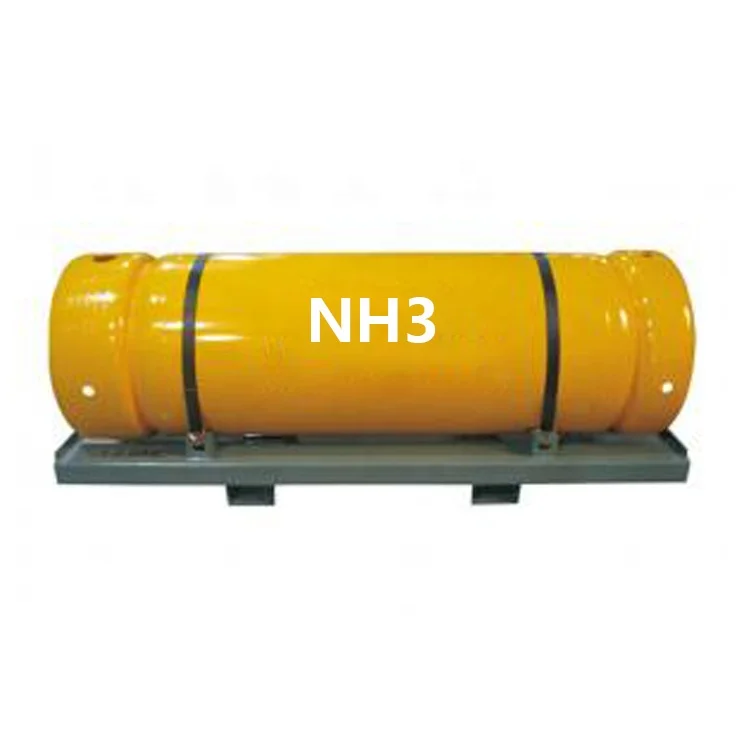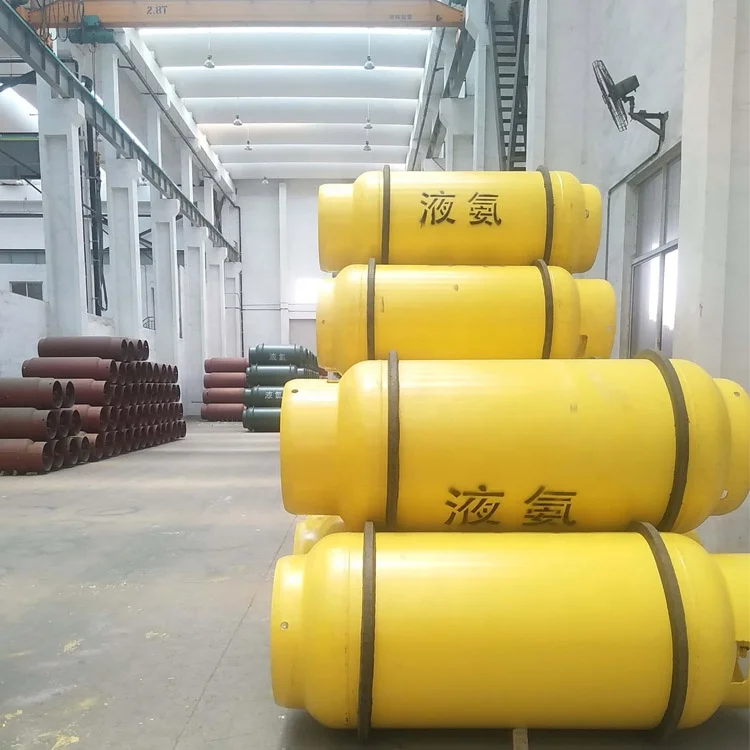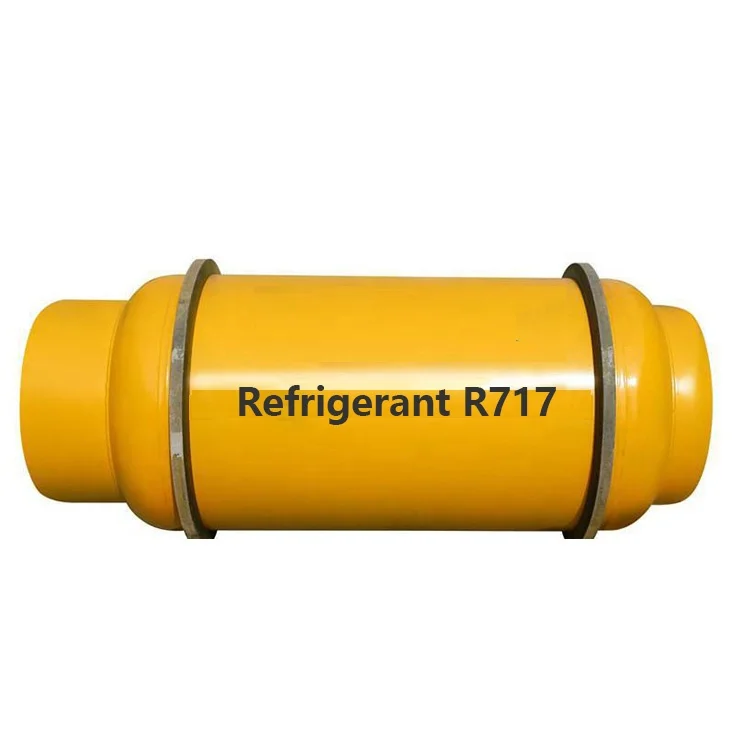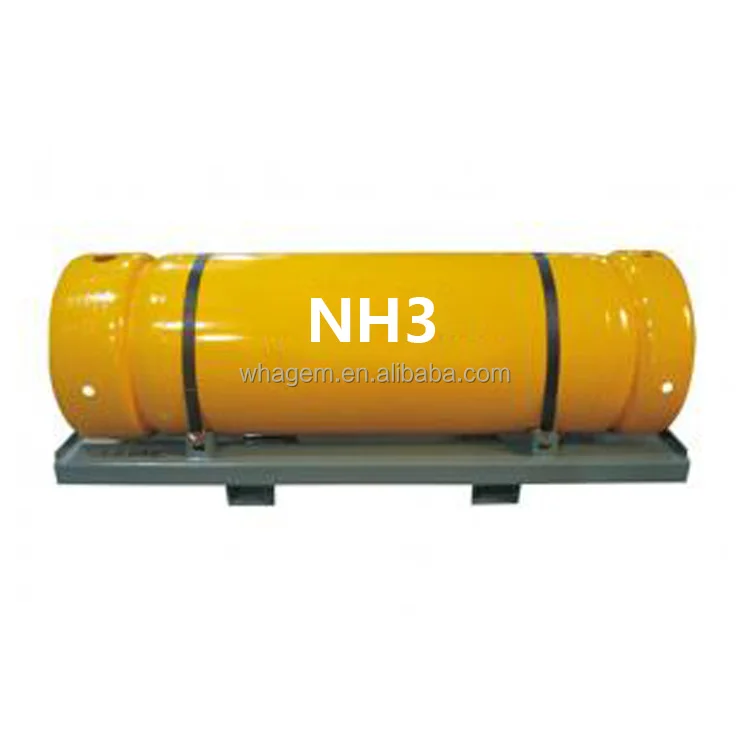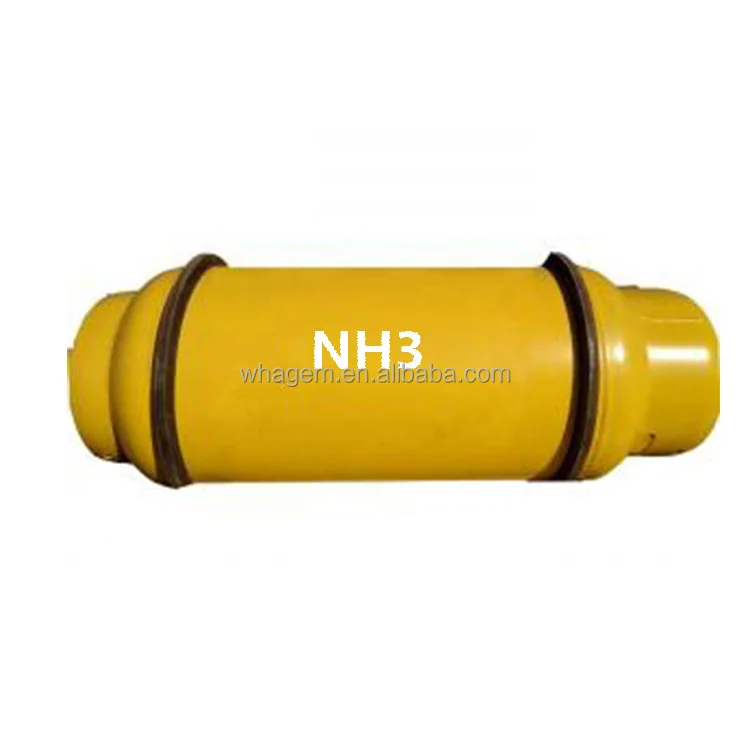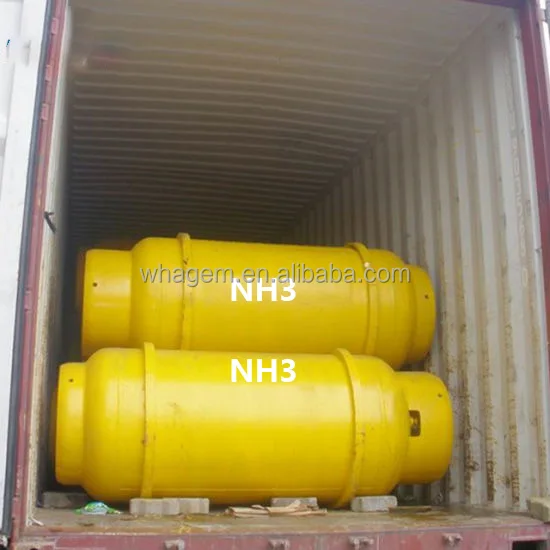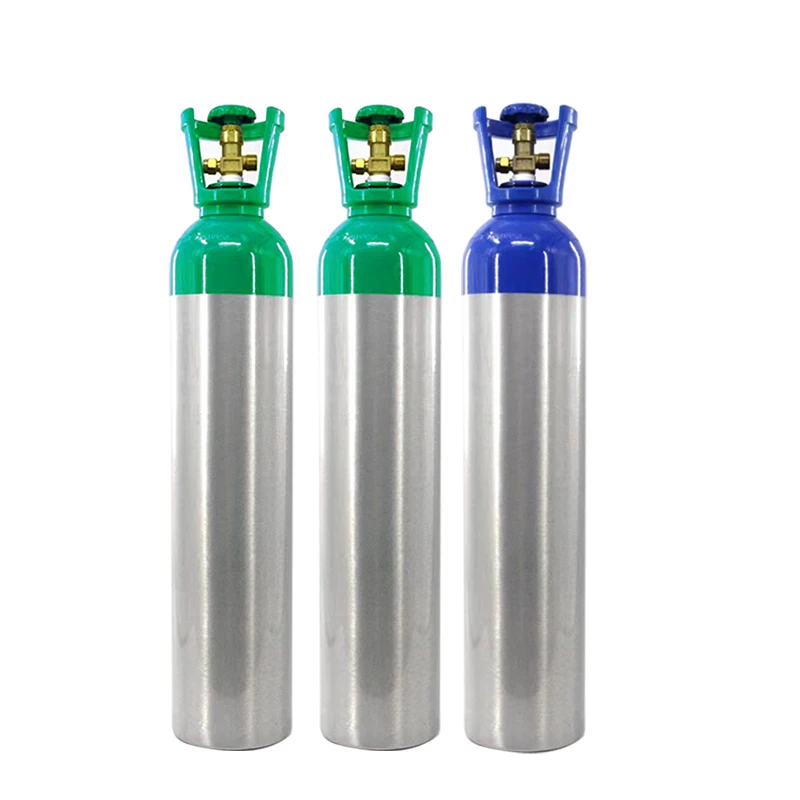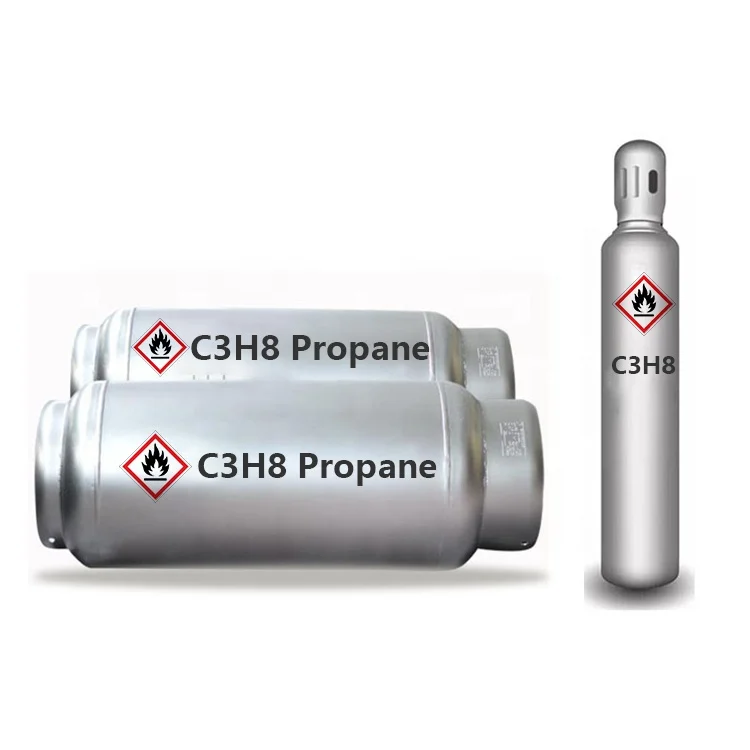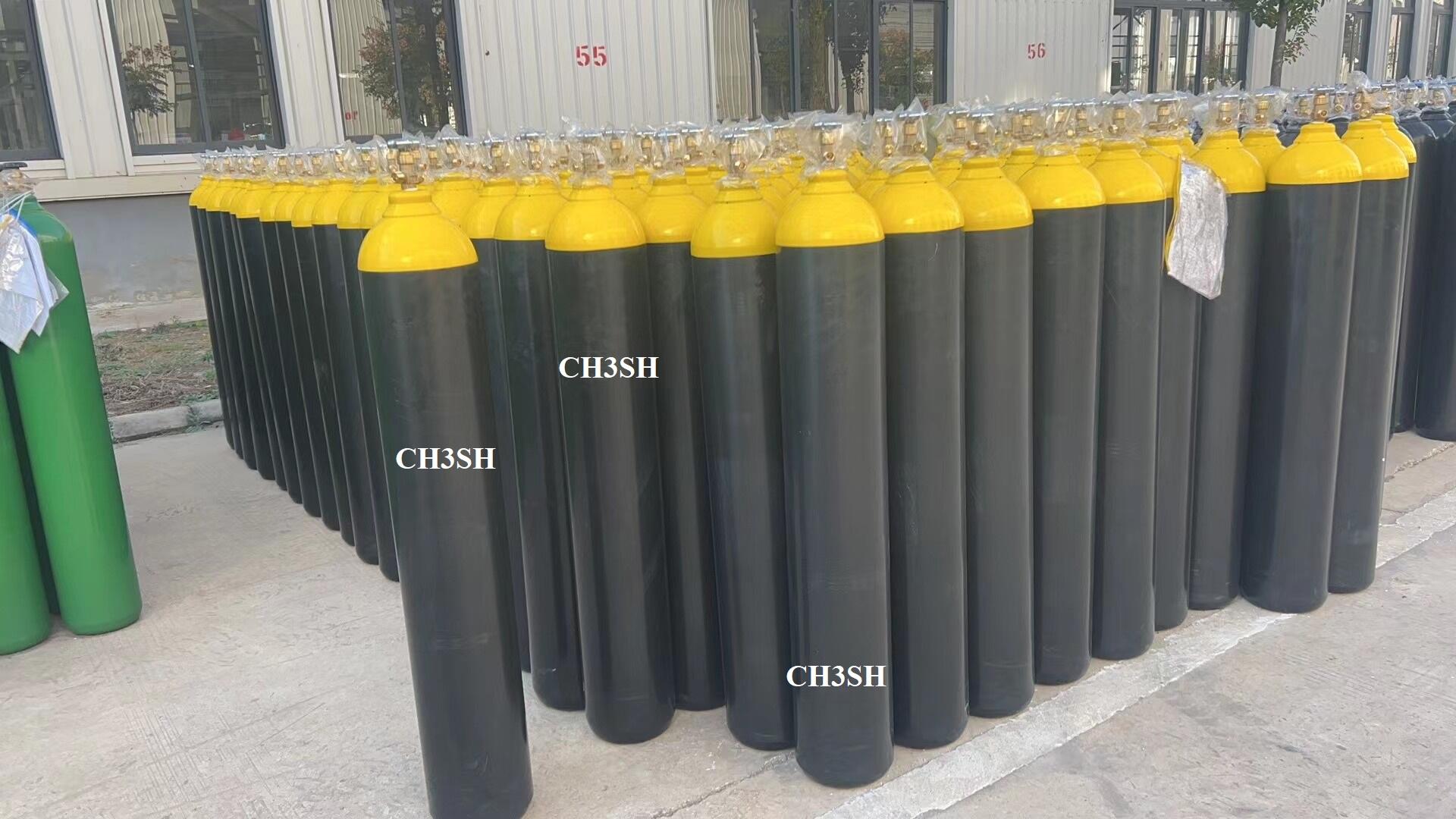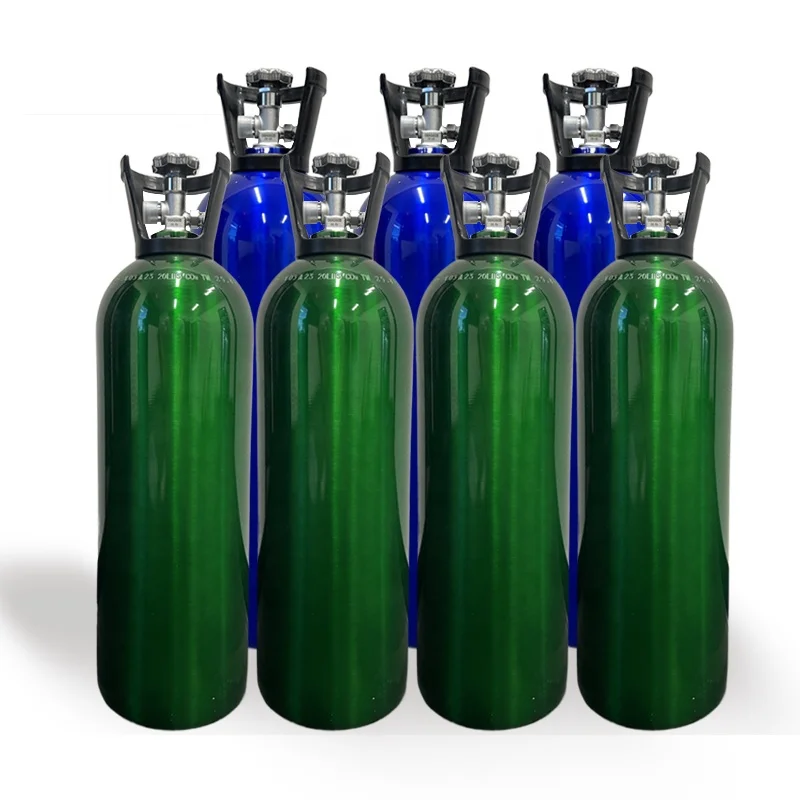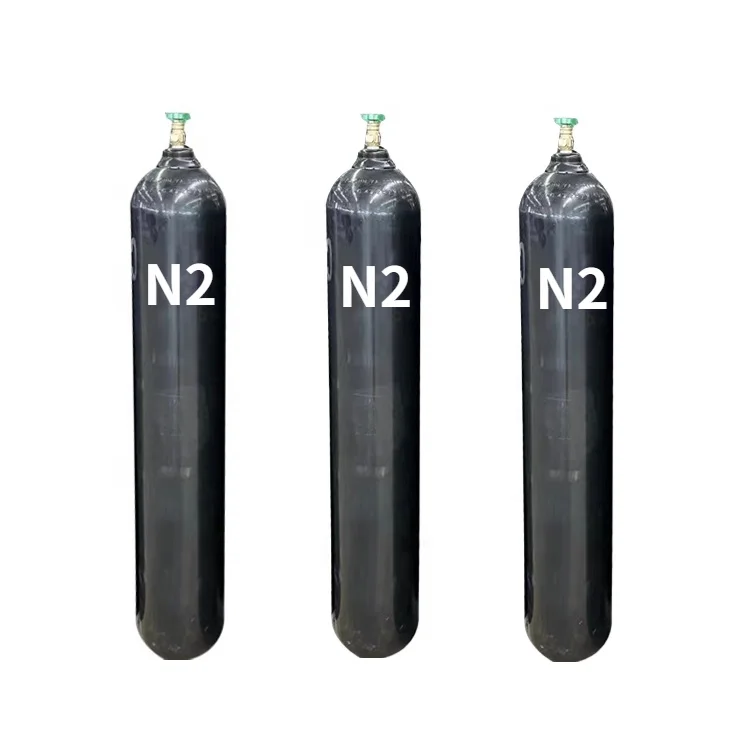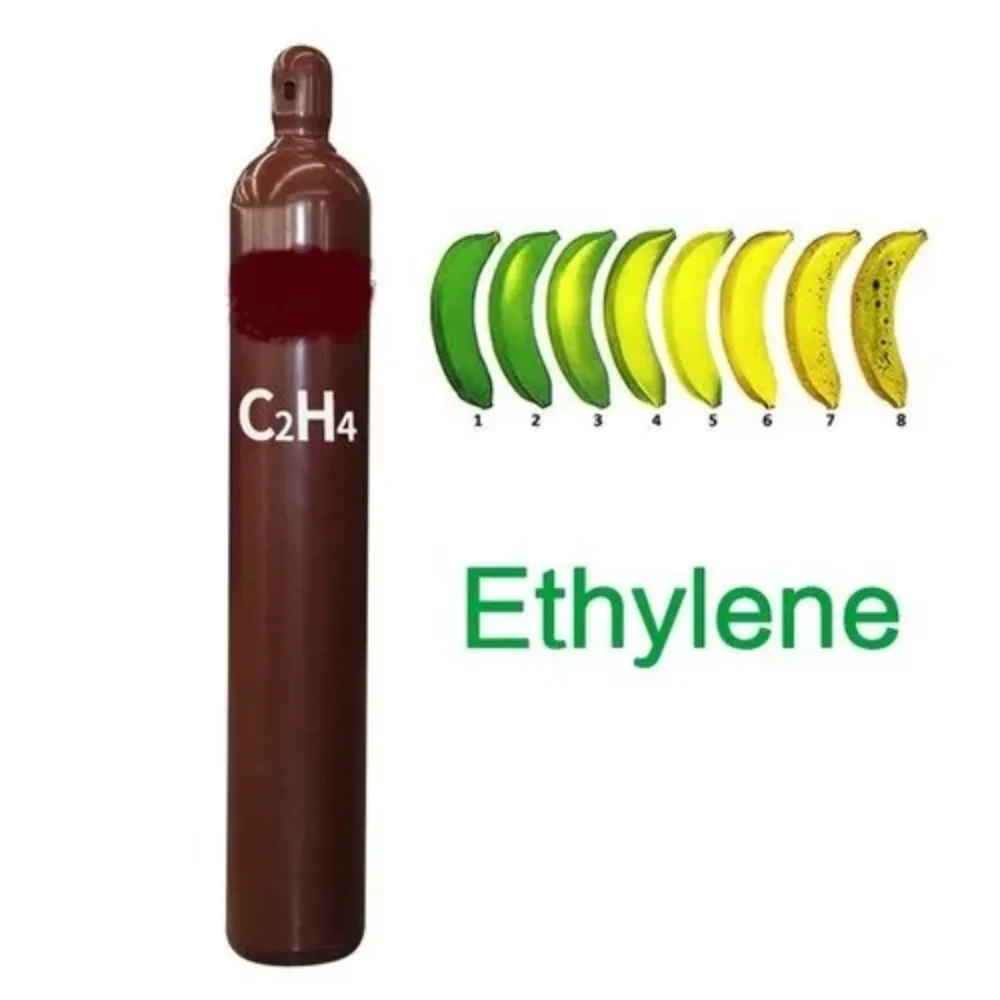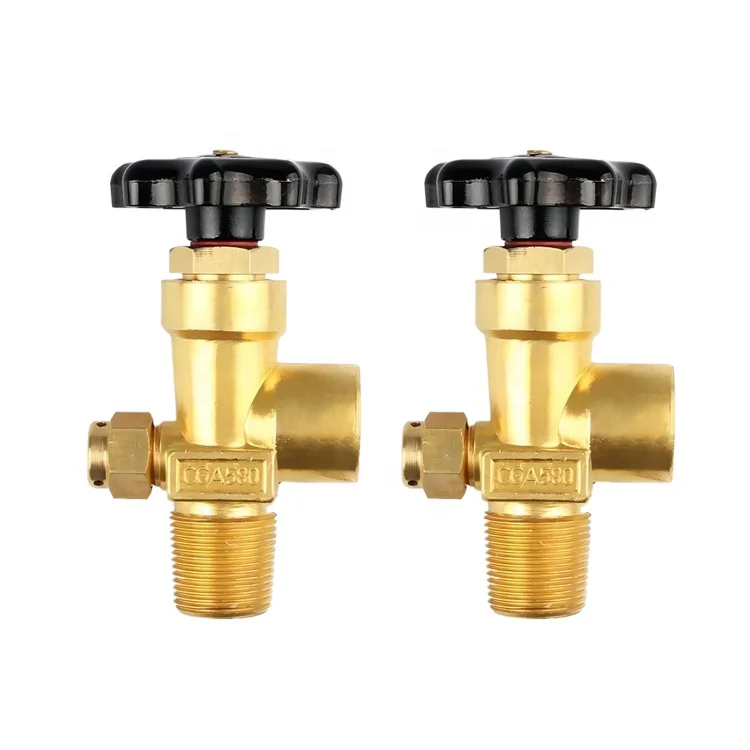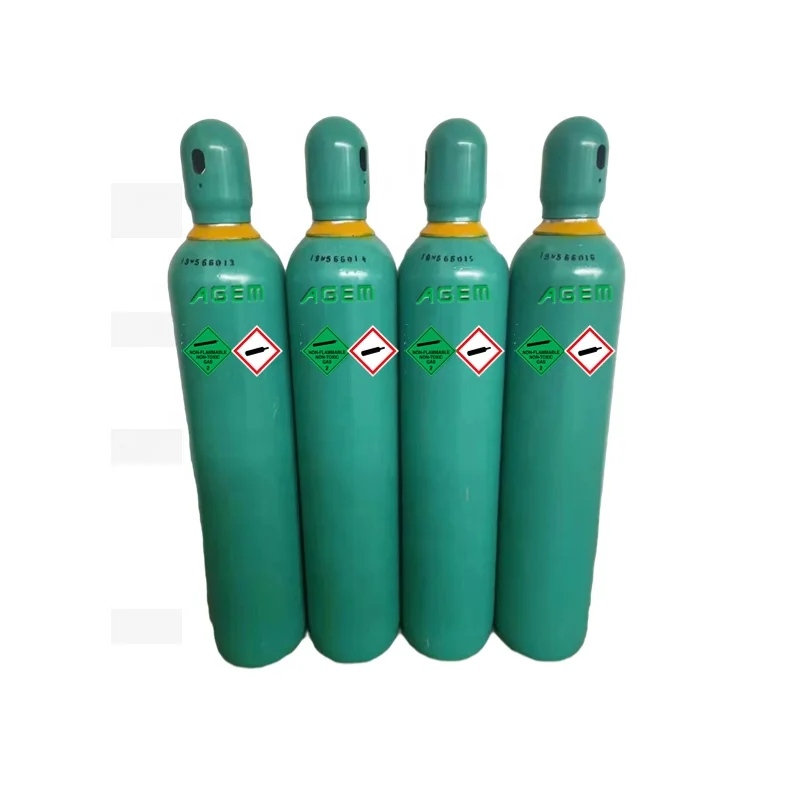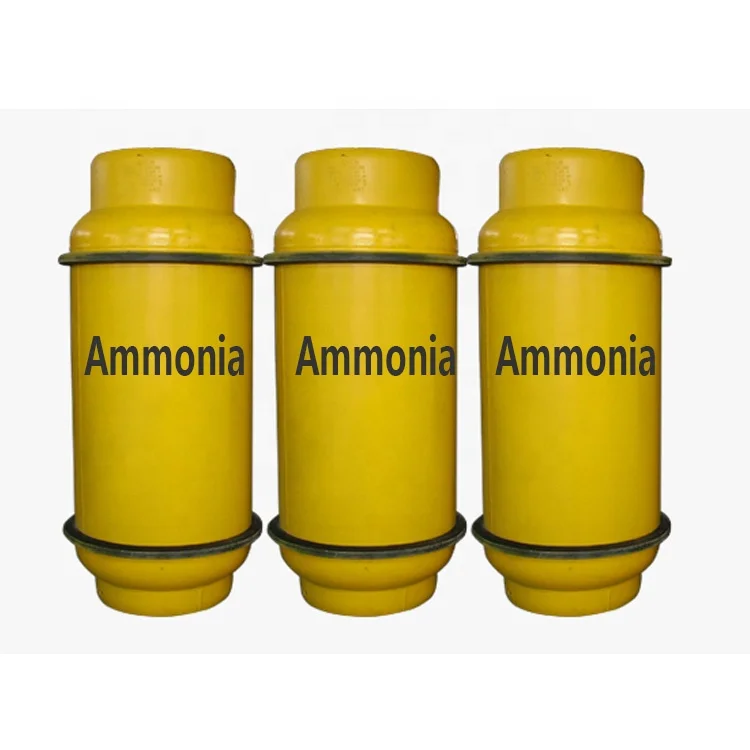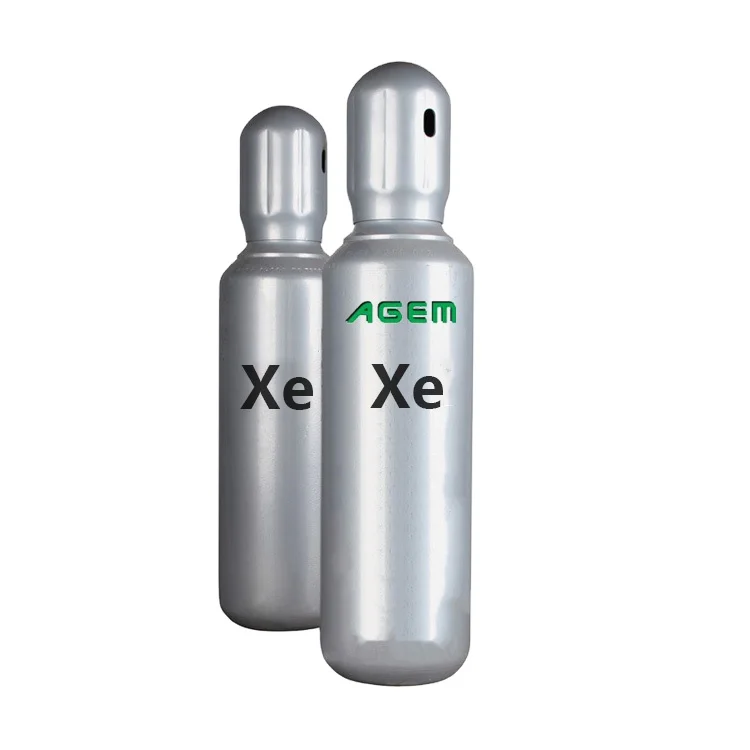- ຄຳອະທິບາຍໂດຍຫຍໍ້
- ສອບຖາມ
- ຜະລິດຕະພັນທີ່ກ່ຽວຂ້ອງ
ສະແດງ, AGEM’s Industrial Grade Purity 99.9% NH3 Anhydrous Ammonia Liquid NH3 Fertilizer, ການເລືອກຂອງທ່ານສຳລັບຄຸນພາບດີໆແລະການເພີ່ມຂຶ້ນຂອງຕົ້ນໄມ້ທີ່ມີຄວາມປະຈຸບັນ. ອາຫານພັນທູ້ຂອງພວກເຮົາຖືກອອກແບບໃຫ້ມີຄວາມສຳເລັດທີ່ບໍ່ມີໃຜເທົ່າໃນການເພີ່ມຄຸນພາບຂອງອາຫານພັນທູ້, ເນັ້ນແລ້ວຍັງຮັກษาຄວາມປອດໄພແລະຄວາມສະດວກທີ່ຜູ້ຊື້ມູນຄ່າ.
ໜຶ່ງນັດຂອງພວກເຮົາ ອິນເດຍແສນເກຣດປະຈຳ 99.9% NH3 Anhydrous Ammonia Liquid NH3 Fertilizer ກໍາລັງໂດຍຄວາມສຸກສົມທີ່ສູງທີ່ສຸດຂອງອົມມົນ, ທີ່ໜ້າວ່າບໍ່ມີນ້ຳຫຼວງໃນນັ້ນ. ນີ້ເຮັດໃຫ້ມັນມີຄວາມມີຜົນປະຕິບັດຫຼາຍໃນການສູ້ສະຫຼຸບການເພີ່ມຂຶ້ນຂອງພັນໄມ້ແລະສະຫຼຸບການສົ່ງເສີນຫຼັກໃຫ້ພັນໄມ້ຂອງທ່ານ. ບໍ່ຊ່ຽນກັບເຄື່ອງສົ່ງເສີນອື່ນໆທີ່ມີຢູ່ໃນຊ່າງ, ອຸປະກອນຂອງພວກເຮົາແມ່ນສົ່ງເສີນທີ່ສົ່ງເສີນທັງໝົດ, ທີ່ສົ່ງເສີນວ່າມັນບໍ່ມີສິ່ງປ້ອນຫຼັງຫຼືສິ່ງປ້ອນທີ່ສາມາດເຮັດໃຫ້ພັນໄມ້ຂອງທ່ານເສຍຫາຍ.
Fertilizer AGEM's Industrial Grade Purity 99.9% NH3 Anhydrous Ammonia Liquid NH3 Fertilizer ຂອງພວກເຮົາສະຫຼຸບການນຳໃຊ້ແລະບໍ່ຕ້ອງການອຸປະກອນຫຼັງຫຼືການສືບສອບພິเศດ. ສະຫຼຸບການປະສົມມັນກັບນ້ຳຫຼວງແລະສະຫຼຸບການນຳໃຊ້ມັນໃນເນື້ອດິນແລ້ວ按钮. Fertilizer ຂອງພວກເຮົາແມ່ນສົ່ງເສີນທີ່ສົ່ງເສີນ, ສົ່ງເສີນວ່າທ່ານໄດ້ຮັບຜົນປະຕິບັດສູງສຸດຈາກການນຳໃຊ້ທຸກຄັ້ງ.
ໜຶ່ງໃນຜົນປະໂຫຍດທີ່ສຳຄັນຂອງການໃຊ້ AGEM' Industrial Grade Purity 99.9% NH3 Anhydrous Ammonia Liquid NH3 Fertilizer ຂອງພວກເຮົາແມ່ນຄວາມສາມາດໃນການສະໜູບສະໜູນການເພີ່ມຂຶ້ນຂອງຮູກໄມ້. ອັມເມຍນາທີ່ມີຄຸນພາບສູງໃນສິນຄ້າຂອງພວກເຮົາຊ່ວຍໃຫ້ການເພີ່ມຂຶ້ນຂອງຮູກໄມ້ລົງລົງ, ທີ່ຈະຕຼົງໃຫ້ມີພັນເປັນ, ເຂົາແຂງ. ດັ່ງນັ້ນ, ໄມ້ນໍາກຳສົ່ງທີ່ມີຢູ່ໃນສິນຄ້າຂອງພວກເຮົາມີປະສານສຸກສາມທີ່ຊ່ວຍໃຫ້ພັນເປັນແລະຄຸ້ມຄອງກັບເຊື້ອເຊື້ອແລະຄວາມເປັນອັນຕະຫຼາດອື່ນໆ.
3. ໃນສະຖານະໃດທີ່ຂ້ອຍຈະຖືກເສຍຄວາມຕໍ່ແມ່ນຫມູ່
ທຸກຄົນຈະຖືກເສຍຄວາມຕໍ່ປະເທດທີ່ເกີດຂຶ້ນຢ່າງຊິ້ງໃນອາກາດ, ອາຫານ. ຄວາມเขັມຂັ້ນຕ່ຳຂອງແມ່ນຫມູ່ໃນນ້ຳແລະໂມງດິນ. ທ່ານອາດຖືກເສຍຄວາມຕໍ່ແມ່ນຫມູ່ໃນລະດັບສູງໂດຍການໃຊ້່ສິນຄ້າ chùi ສຸກສາທີ່ມີແມ່ນຫມູ່. ຖ້າທ່ານໃຊ້ເຄື່ອງສັນພົມທີ່ມີແມ່ນຫມູ່ຫຼືຢູ່ໃກ້ກັບໜ້າສວນທີ່ໃຊ້່ເຄື່ອງສັນພົມທີ່ມີແມ່ນຫມູ່, ທ່ານອາດຖືກເສຍຄວາມຕໍ່ແມ່ນຫມູ່ໃນລະດັບສູງ. ຖ້າທ່ານເຂົ້າໄປໃນສານຟ້າງທີ່ມີສັດຫຼາຍ (ເປັນພິเศດສັດສວນ), ທ່ານອາດຖືກເສຍຄວາມຕໍ່ແມ່ນຫມູ່ໃນລະດັບສູງຫຼາຍ.


ຊື່ສິນຄ້າ |
Liquid Ammonia |
ความบริสุทธิ์ |
99.9% |
CAS No. |
7664-41-7 |
EINECS ເລກທີ |
231-635-3 |
MF |
NH3 |
ການນຳໃຊ້ |
ເຄື່ອງສັນ, ການຮັກສາອຸນຫະພູມ |
ລະຫັດ UN |
1005 |
ໜ້ອຍພົບຕົນ |
17.031 g/mol |
ຮູບລັກສະນະ: |
ກ๊າซບໍ່ມີສີ |
ອຳນວຍ: |
Strong pungent odour |
ຂໍ້ມູນສະເພາະ: |
99.9% |
99.999% |
ອັກສຸນ |
/ |
<1<>
|
ໄນໂຕຣເຈນ |
/ |
<5<>
|
ຄາບອນໄດອອກໄຊ |
/ |
≤ 1 |
ກ๊າຊคาร์บอนมอນອກໄຊດ์ |
/ |
≤ 2 |
ເມທານ |
/ |
≤ 2 |
ຄວາມຊຸມ (H2O) |
≤0.03 |
≤ 5 |
ປະກອບຂັດທັງໝົດ |
/ |
≤ 10 |
ທາດເຫຼັກ |
≤0.03 |
/ |

ການໃຊ້ງານ |
ການໃຊ້ທົ່ວໄປ |
||
Agents ອັນຕິມິເຄີບສະຫລັບສິນຄ້າອາຫານ: |
ແ Fritz ອັນຫຼວດ ກຳລັງຖືກໃຊ້ທີ່ສາມາດໃຫ້ຜົນລັບ ຫຼື ອັນຕິມິເຄີບ ສຳລັບເນື້ອໜົມ |
||
ຜູ້ຊຸດຫຼາຍ: |
Fritz ອັນຫຼວດ ໄປສະຫຼັບ ອັນຫຼວດ NH3 ໃນນ້ຳ ເພື່ອໃຊ້ເປັນຜູ້ຊຸດຫຼາຍ ໃນຫຼາຍໆໜ້າຂອງພຽງແຕ່. |
||
ການສ້າງ hydroxylamine |
|||
ການເຮັດເຄື່ອງດື່ມ: |
ສົ່ງໄສທີ່ມີຄວາມແຂ້ອຍຂອງອັມເມຍນຕັ້ງແຕ່ 16% ຫາ 25% ບໍ່ໃຊ້ໃນອุດมະການເຫຼືອງພັນເປັນບັນຫາລູກຄ້າແລະຈຸດປັນການເຫຼືອງພັນ |
||
ເຄື່ອງສຳຫຼັບ: |
ທົ່ວໂລກ, ເຖິງ 88% ຂອງອັມເມຍນໃຊ້ເປັນເຄື່ອງສຳຫຼັບ, ບໍ່ວ່າຈະເປັນເຄື່ອງສຳຫຼັບ, ສົ່ງໄສ, ຫຼືອັມເມຍນ. ຖ້າອັມເມຍນຖືກນຳມາໃຊ້ໃນດິນ, ມັນຊ່ວຍໃຫ້ຜົນປະໂຫຍດຂອງພັນເພີ່ນຟ້າ, ປະເທດແລະເຂົາ |
||
ເປັນຄື່ອງກ່ຽວຂ້ອງຄື່ອງສຳຫຼັບ: |
ບໍ່ວ່າຈະເປັນເຄື່ອງສຳຫຼັບ, ສົ່ງໄສ, ຫຼືອັມເມຍນ. ຖ້າອັມເມຍນຖືກນຳມາໃຊ້ໃນດິນ, ມັນຊ່ວຍໃຫ້ຜົນປະໂຫຍດຂອງພັນເພີ່ນຟ້າ, ປະເທດແລະເຂົາ |
||
การผลิตเรยอน |
|||
ການຮັກສາປະເທດແລະເມື່ອງເສື່ອງ |
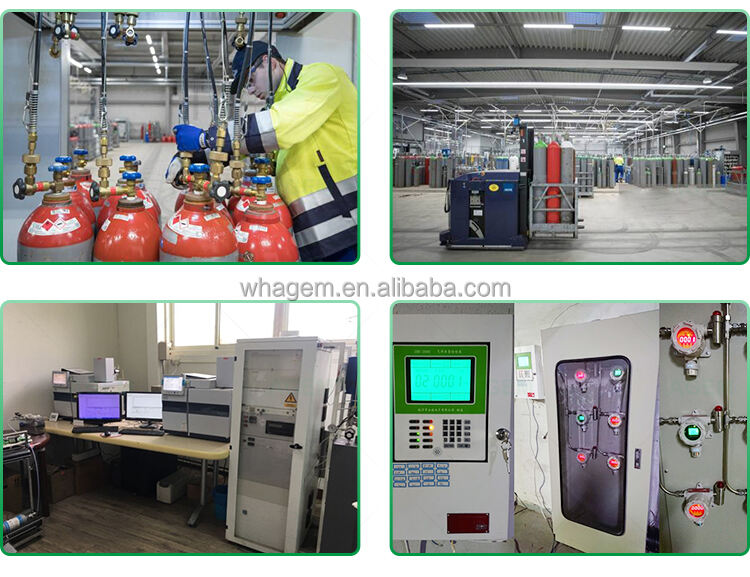

ຄວາມໃຫຍ່ຂອງປັກເກຝັງ: |
50Ltr Cylinder |
400 ໄລເຕอร์ ກຳລັງ |
800 ໄລເຕอร์ ກຳລັງ |
|||
ນ້ຳໜັກເຕັມ / ກຳລັງ: |
25kgs |
200 ກິໂລກຣາມ |
400ກິໂກ |
|||
ຈໍານວນທີ່ໂຫຼດໃນເຄືອງປະກັບ 20': |
220 ຄົນ |
25 ຄົນ |
17 ຄົນ |
|||
ນ້ຳໜັກລວມທັງໝົດ: |
5.5 ຕຸນ |
5 ໂຕນ |
6.8 ໂຕນ |
|||
ນ້ຳໜັກຂອງສິນຄ້າ Cylinder: |
55ກິໂກຣາມ |
380ກິໂກຣາມ |
477ກິໂກຣາມ |
|||
ลูกล็อค |
QF-11 / CGA705 |
|||||
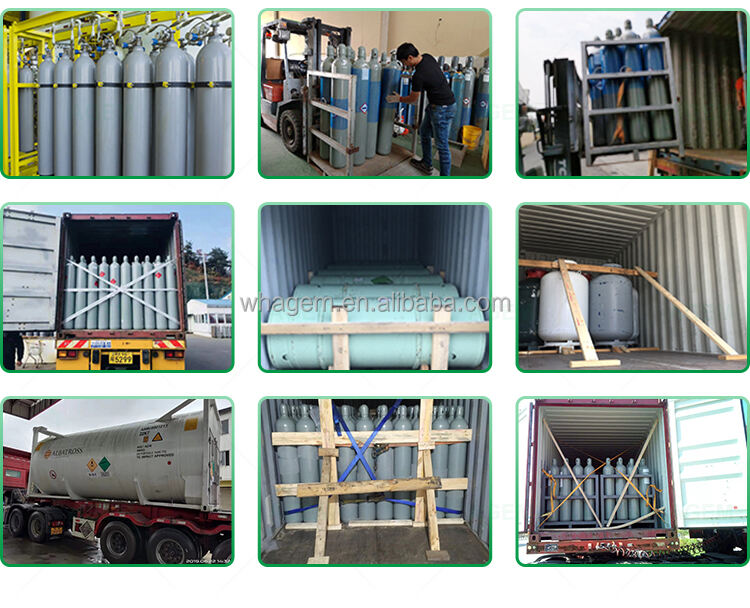
ຄ: ຜູ້ຈຳນວນຫນຶ່ງອຸບົດ
ຄ: 7-10 ວັນ Exwork ເມື່ອພວກເຮົາຮັບລາຍການ, ເມື່ອພວກເຮົາສັ່ງເຮືອຫຼືສັ່ງສິນຄ້າໂດຍເຮືອບີນ, ພວກເຮົາສາມາດຮູ້ໄດ້ວ່າເວລາທັງໝົດສຳລັບການສົ່ງສິນຄ້າໄປປະເທດຂອງລູກຄ້າແມ່ນຫຍັງ.
ຄ: ຕົ້ນທຸນທີ່ 1, ຕອງການຂອງພວກເຮົາຈະເຮັດການດູແລອຸບົດ (ການລ້າ, ການແຜ່, ການເວົ້າ, ການເຕັມ, ແລະການແທນກ່ອນການເຕັມຄຸນຄໍ) ເພື່ອສົນສຸດວ່າອຸບົດໃນແມ່ນສະຖິຕິກຳແລະແຜ່. ຕົ້ນທຸນທີ່ 2, ພວກເຮົາຈະທົດສອບອຸບົດອີກຄັ້ງ, ເພື່ອສົນສຸດວ່າອຸບົດໃນແມ່ນສະຖິຕິກຳແລະແຜ່. ຕົ້ນທຸນທີ່ 3, ພວກເຮົາຈະວິເຄາະຄຸນຄໍຫຼັງຈາກການເຕັມເຂົ້າໄປໃນອຸບົດແລະສະແດງ COA (Certificate of Analysis)
ຄ: ສະຫລັບອຸບົດເหลືອທີ່ບໍ່ມີໜ້າໆ, ມີອາຍຸການໃຊ້ງານຫຼາຍກວ່າ 20 ປີ, ເຊິ່ງອຸບົດທີ່ບໍ່ສາມາດຮັບຄືນໄດ້ສາມາດໃຊ້ງານໄດ້ພຽງແຕ່ຄັ້ງເດียว.
Q: ແມ່ນ, ຖ້າບໍລິສັດຂອງທ່ານເສຍກ๊າຊ, ທ່ານສາມາດສົ່ງແຈ້ວຍຫຼືກັນຄືນໄປແລະເຕີມກ๊າຊໃໝ່. ທ່ານພຽງແຕ່ຕ້ອງເຈົ້າກ່ຽວກັບພວກເຮົາກ່ອນສືບສັງຄາມ, ພວກເຮົາຈະດູແລການຜ່ານພື້ນທີ່ຂອງຈີນ.
A: Cylinder DOT-3AA ISO9809, GB5099, TC-3AAM. EN1964, KGS VALVE: DISS, CGA, DIN, BS, AFNOR, JIS.
A: ອາຫຼາດຂອງພວກເຮົາຢູ່ລະດັບ 2.2 DG cargo ແລະ ດຽວກັບ DG cargo, ຖ້າສືບສັງຄາມເປັນອາຫຼາດທົ່ວໄປ, ມັນແມ່ນການລົງທຶນທີ່ບໍ່ຖືກຕ້ອງ, ພວກເຮົາຕ້ອງສັ່ງ DG cargo ຫຼັງຈາກບໍລິສັດສືບສັງຄາມ, ຖ້າທ່ານມີອາຫຼາດທົ່ວໄປອື່ນໆ, ທ່ານສາມາດເພີ່ມເຂົ້າໄປໃນອາຫຼາດແລະສືບສັງຄາມເປັນ DG cargo.
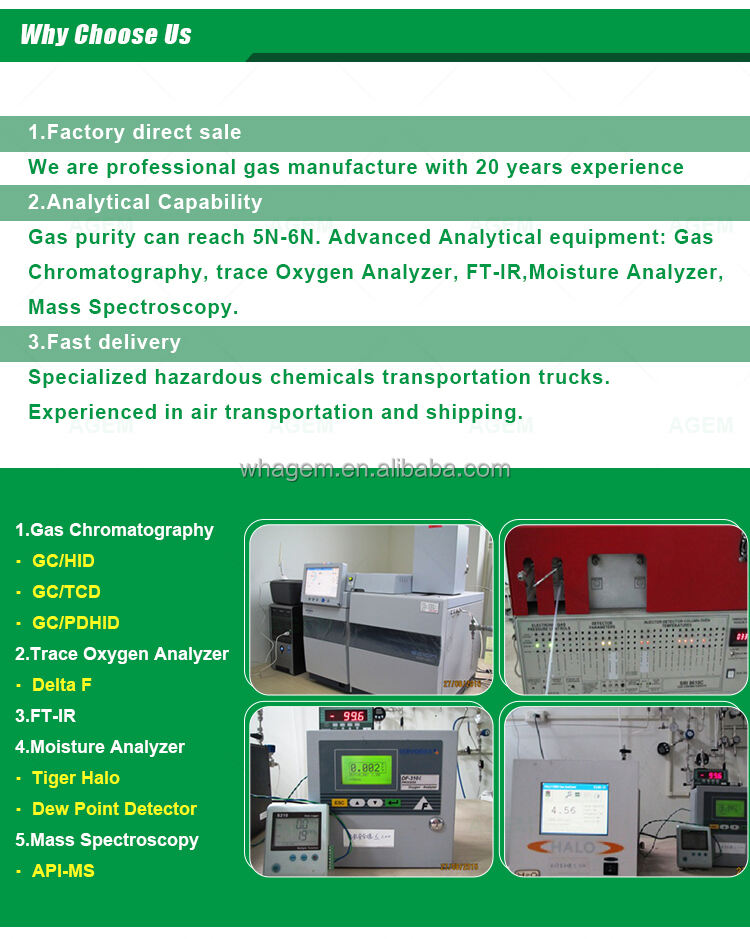
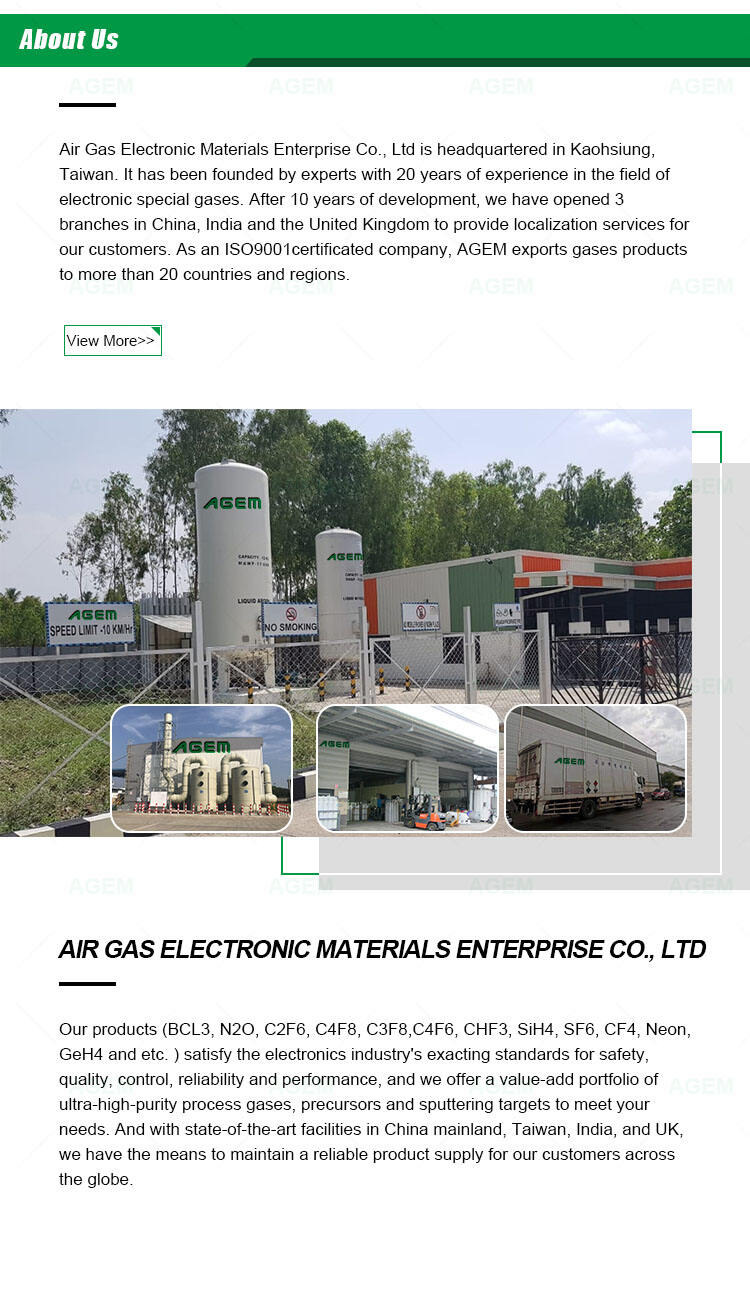
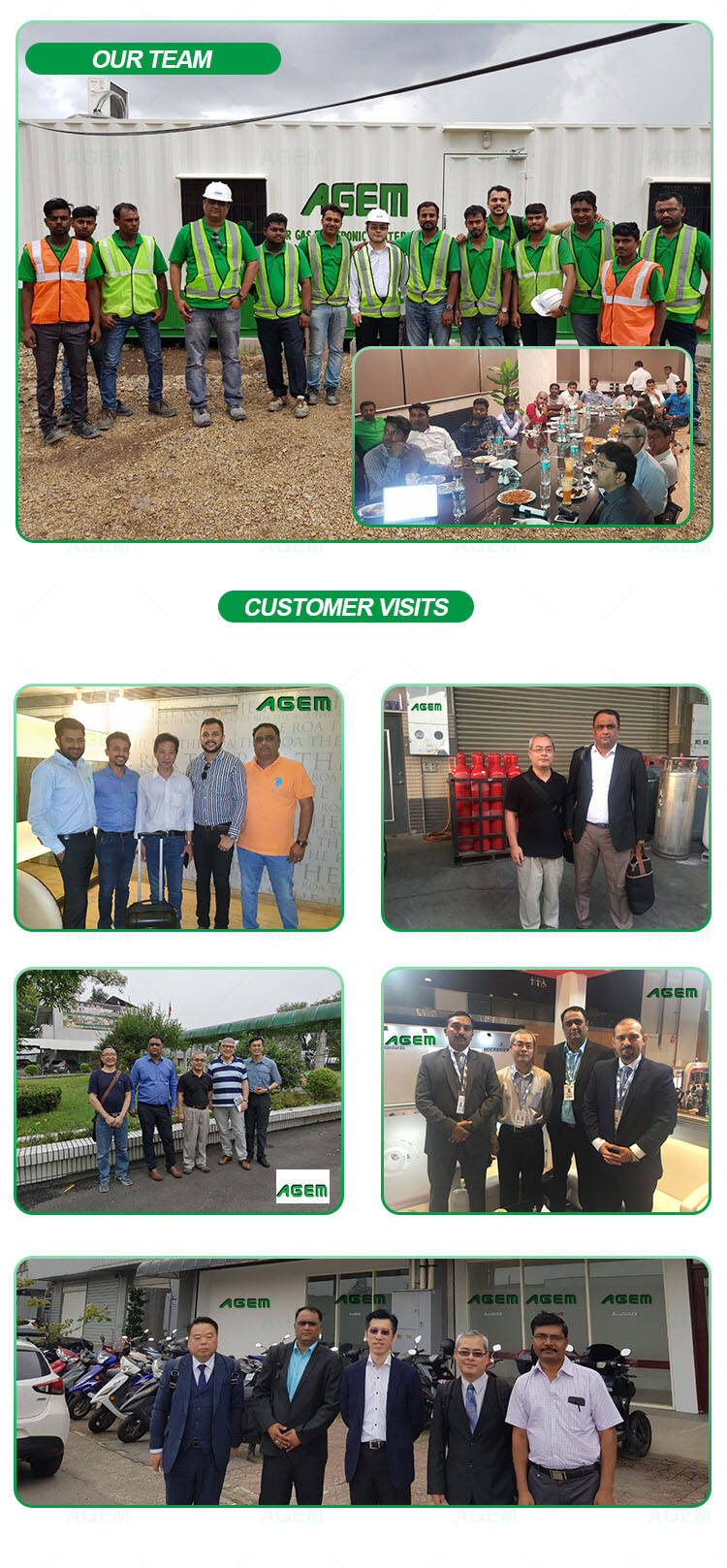


 EN
EN
 AR
AR
 CS
CS
 DA
DA
 NL
NL
 FI
FI
 FR
FR
 DE
DE
 EL
EL
 IT
IT
 JA
JA
 KO
KO
 NO
NO
 PL
PL
 PT
PT
 RO
RO
 RU
RU
 ES
ES
 TL
TL
 ID
ID
 SK
SK
 SL
SL
 UK
UK
 VI
VI
 TH
TH
 TR
TR
 AF
AF
 MS
MS
 SW
SW
 GA
GA
 CY
CY
 BE
BE
 KA
KA
 LO
LO
 LA
LA
 MI
MI
 MR
MR
 MN
MN
 NE
NE
 UZ
UZ

